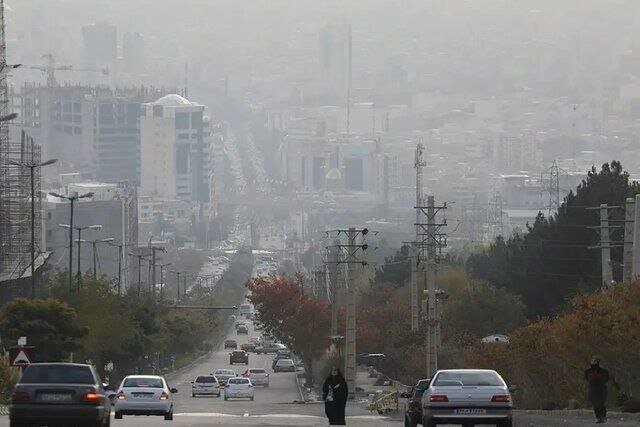Iranian technologies to address SDS challenge

TEHRAN – With an increase in the frequency and intensity of sand and dust storms (SDSs) in different provinces of the country, Iranian researchers have been utilizing indigenized technologies to mitigate and control SDS impacts.
The following are some approaches adopted to cope with SDSs, which have a significant impact on public health, ISNA reported.
Development of non-oil and eco-friendly mulches: these mulches are an alternative to traditional oil-based mulches, which have resulted in serious environmental damage. These types of mulches have been developed from compost, gum plants, and starch products provided by researchers from the Agricultural Biotechnology Research Institute, University of Tehran, the Forests and Rangelands Organization, and Khuzestan Science and Technology Park.
Nano and polymer mulches: developed by Sharif University of Technology and the Materials and Energy Research Center, the product uses nanoparticles to produce coatings with high adhesion and long-lasting durability. Nano mulches are environmentally friendly and have been tested in some central and south-western regions of the country.
Indigenized Early Warning Systems: the Iranian Meteorological Organization has launched satellite dust monitoring systems that use remote sensing data to predict dust storm transfer pathways. To this end, the organization has developed collaborations with the United Nations Environment Program (UNEP) and the World Meteorological Organization (WMO) to upgrade these systems.
Air Pollution Warning Apps: Several native apps, like “Iran Meteorology” software, “Zarin Meteorology” software, or the web-based systems of the Department of Environment, have been developed in the country to display data from air quality monitoring stations.
Restoring water resources and wetlands employing new technologies: Restoring Hour al-Azim, Bakhtegan, and Jazmourian wetlands, implementing smart water use projects with drainage control and wastewater treatment, and recycling urban water to re-enter the wetland bed have been applied as solutions to combat fine dust.
Green belt plan: the strategy focuses on planting low-water and drought-resistant plants, such as ash trees or bitter olives, to establish green belts around Tehran and industrial cities to control SDS hazards.
Urban air purifiers: Iranian knowledge-based companies have developed air filters for public places, schools, and even open spaces, although they have been tested in limited places.
Despite international sanctions and restrictions, Iran has been able to take steps in areas such as satellite monitoring, bio-mulches, and scientific desertification. However, to be able to pursue the path, sustained financial support, widespread implementation, and regional cooperation with neighboring countries are required.
‘Sharing expertise, regional co-op helps mitigate SDSs’
Sand and dust storms are frequent in the region, affecting almost all the regional countries. Independent studies by these countries show that while the sources of the SDSs are scattered in the region, there are potential dust sources in each nation with transboundary implications, Mehr news agency quoted Sediqeh Torabi, an official with the Department of Environment (DOE), as saying.
Exchanging information and promoting regional collaborations will contribute to reducing the adverse impacts of sand and dust storms (SDSs), Torabi added.
She made the remarks following the first regional dialogue on enhancing inter-regional co-op on SDSs, which was held on February 18 and 19 in Doha, Qatar.
During the 38th meeting of the Regional Organization for the Protection of Marine Environment (ROPME) executive committee (EXCOME 38), Iran put forward a proposal to incorporate combating sand and dust storms (SDSs) in the Organization’s strategic plan.
MT/MG
